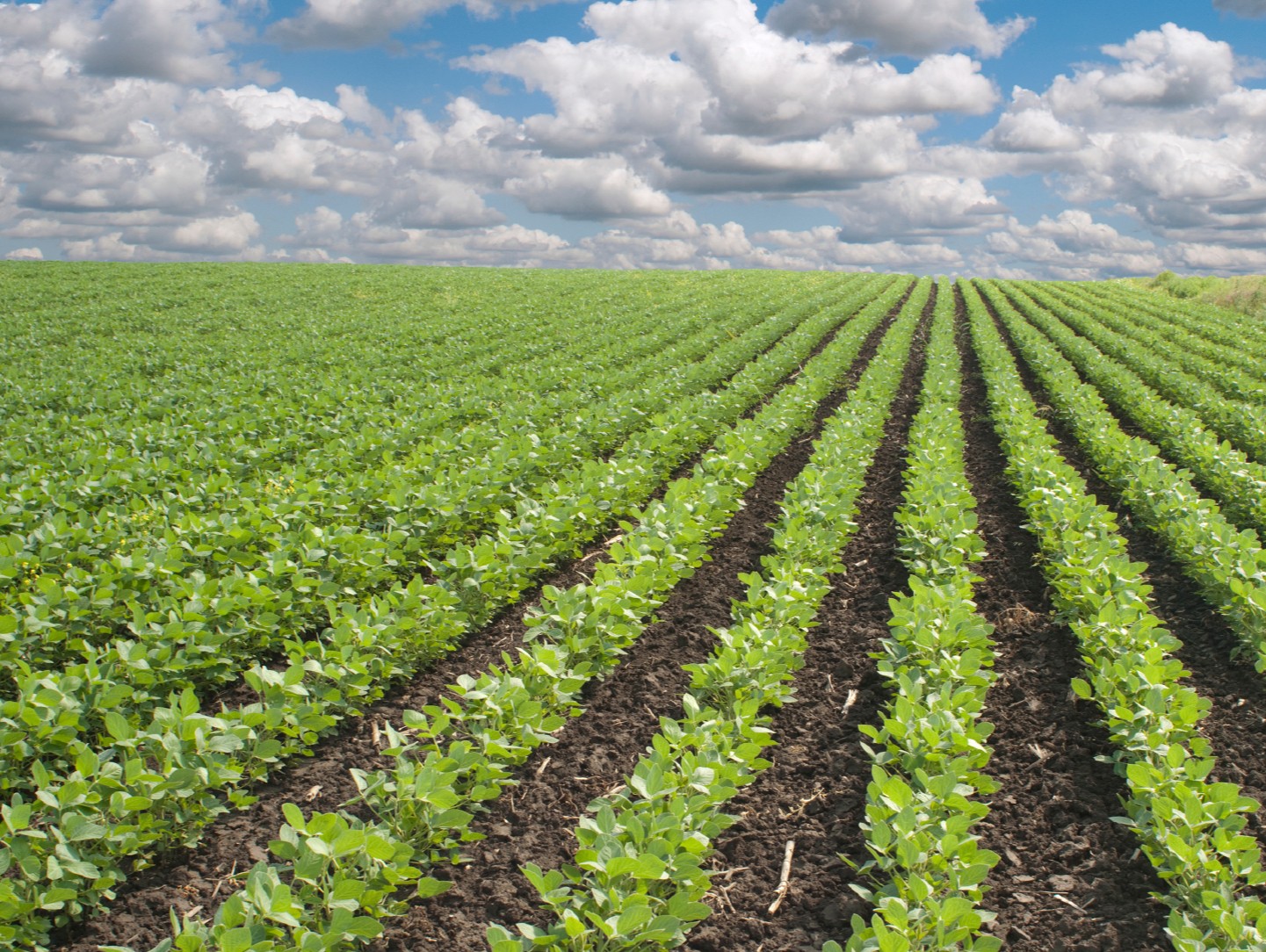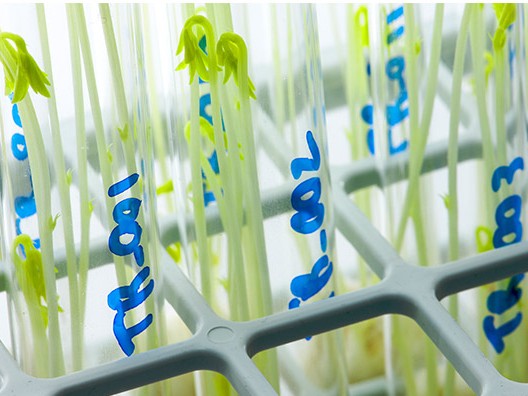
A clear tendency is visible: compared with 20 years ago, more consumers are prepared to replace meat in their meals with a plant-based protein product nowadays. Hence, much research is being done around the world into the opportunities offered by all types of plant-based proteins, and that is resulting in a growing number of appealing products.
For the food industry and developers of protein products, one important reason to seek alternatives to animal-based products is sustainability. The pressure is on to find alternatives, according to alarming reports from the FAO, in order to bridge the so-called ‘protein gap’: the future protein shortage which will affect human food and animal feed. But simply labelling a product as ‘sustainable’ and/or ‘made using plant-based proteins’ is not enough to win over the critical consumer. The taste and mouthfeel of the new products must be good too.
Many innovative companies are emerging who are using plant-based proteins to manufacture products which are impossible to distinguish from meat-based products. For example, Prof Fu-hung Hsieh (University of Missouri) spent years working on the optimisation of an extrusion process to make so-called ‘chicken strips’ from soy protein. He and his students eventually managed to create a product that is virtually identical to real chicken. The company Beyond Meat has licensed the technology and the resulting products are now enjoying commercial success. The company works with a broad definition of ‘meat’: “Is meat not just a reconstruction of the protein chains that the animal intakes from chiefly plant-based sources? So what if we use an extruder instead of a living animal to reassemble the plant-based proteins? That technology still enables us to make meat, doesn’t it? That’s why we call it: ‘Beyond Meat’.”
Extrusion technology is central when it comes to obtaining texturised products. But other techniques such as shear cell (WUR) or mixed agglomeration enable food technologists to create various textures using plant-based proteins. Not all of the proteins mentioned in this article are already being produced in sufficient volumes, but many food technologists believe the following: “Irrespective of the plant-based protein source, with the application of the right processing conditions a protein can be converted into any desired structure and texture.” Needless to say, substantial research is still required in order to find the right combination of plant-based protein and processing conditions to obtain the optimal texture.

There is tremendous enthusiasm among the new generation of plant-based protein pioneers. For example, work is underway to develop an even juicier plant-based burger. Some even believe that a real plant-based steak could become reality, with the right colouring and which even oozes a little ‘blood’ when it is cut into. But at the end of the day, the consumer will determine the success and longevity of such innovations.
Sources:
M.E. Kuhn, A new crop of plant protein pioneers, Food Technology 12 (dec), 2014
Food and Agriculture Organization of the United Nations (FAO) Rome, Italy
Source: Sojaveld: ©iStock/Fotokostic; Reageerbuis: ©iStock/PedroSalaverrÍa